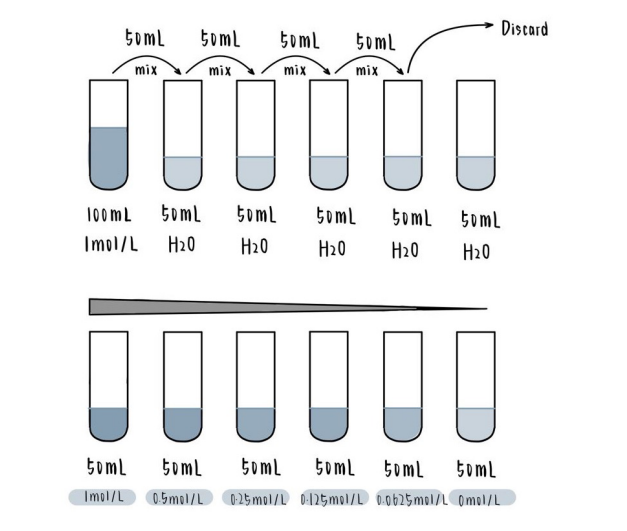Shelly | December 9, 2022

A cell’s accumulated kinetic energy keeps molecules moving continually, causing them to collide and travel in random directions. Diffusion is the movement of molecules from a region of high concentration to an area of low concentration. Water diffuses across the cell’s semipermeable membrane using osmosis. A semipermeable membrane will allow water to pass from a region with a low solute concentration to one with a high solute concentration.
Tonicity is the ability of a surrounding solution to cause a cell to gain or lose water. When a solution is hypertonic, there is more solute outside the cell than within. Water molecules are induced by hypertonic solutions to leave the cell and travel to an area where the concentration of solutes is higher, and plasmolysis will occur. In contrast, in hypotonic solutions, water molecules flow into the cell and the solute concentration within is larger than the solute concentration outside. A solution is said to be isotonic when the concentration of solute on either side of a membrane is equal, and water molecules have an equal chance of moving across the membrane in either direction. The cell wall helps maintain the cell’s water balance.
